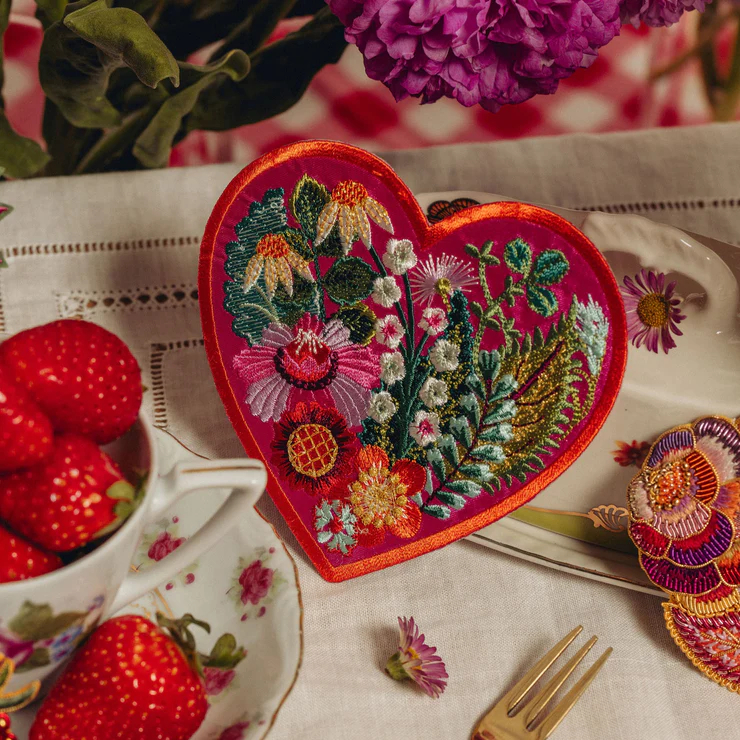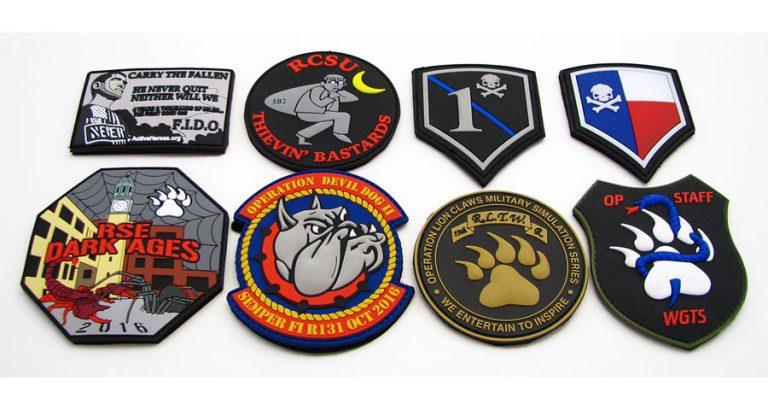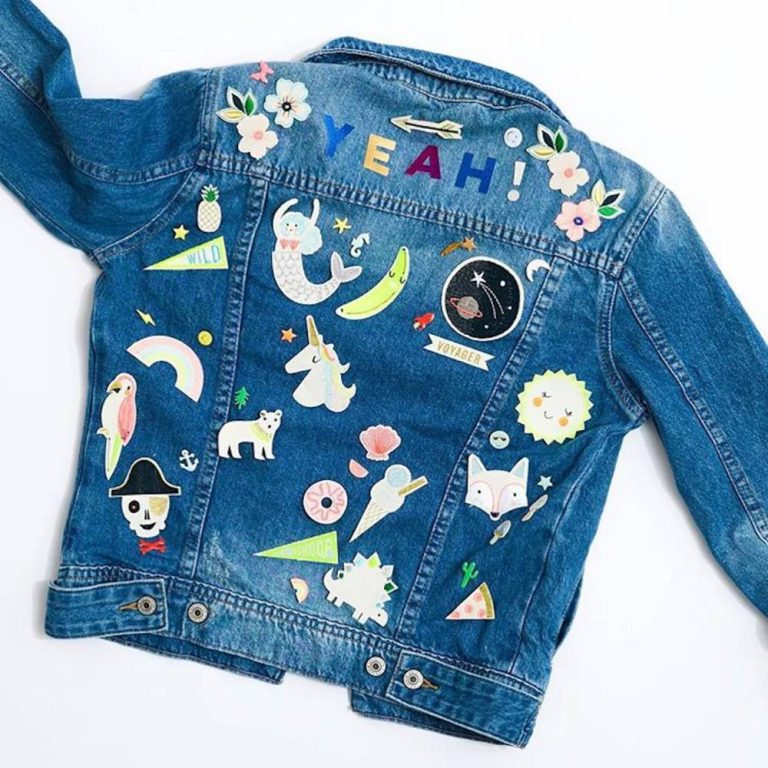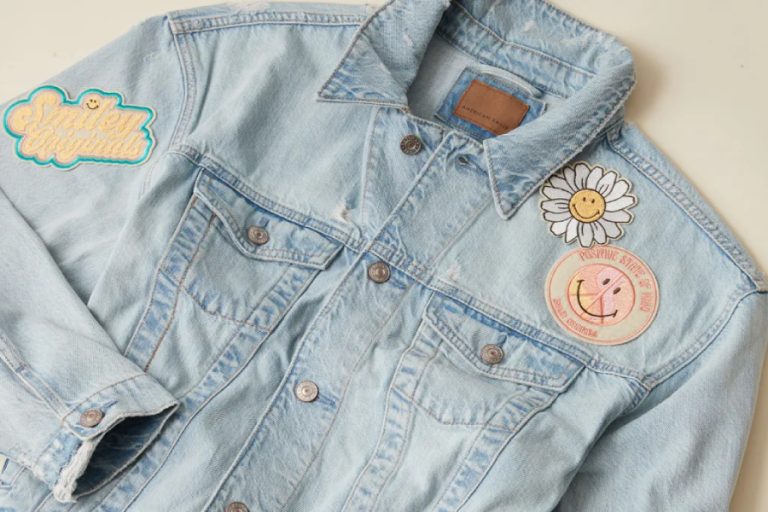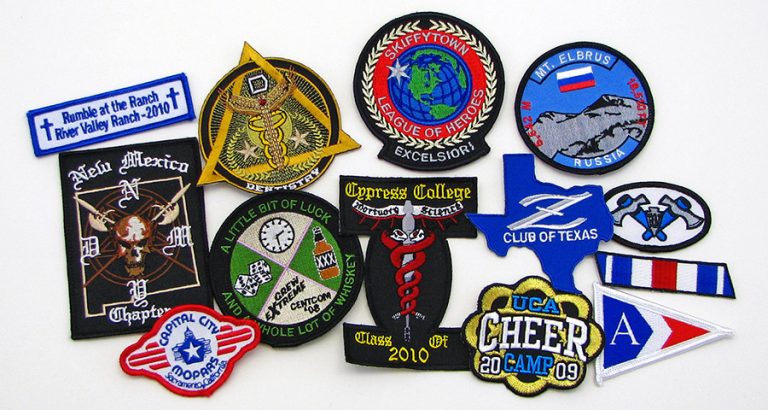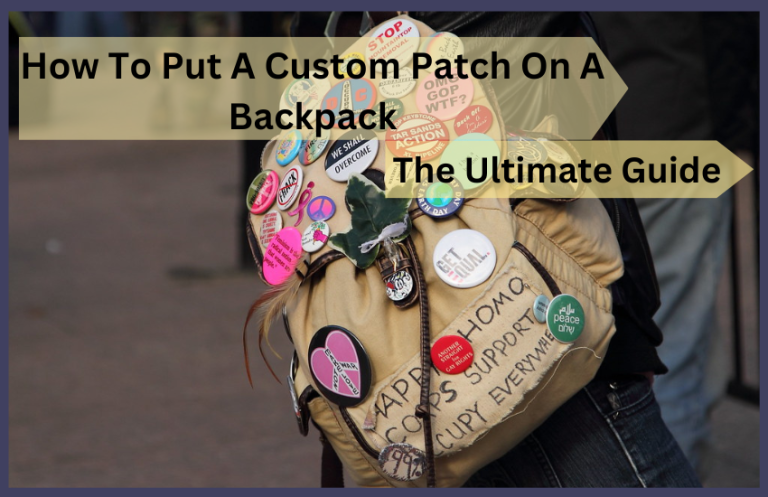How To Make Embroidered Patches | Easy Steps To Follow
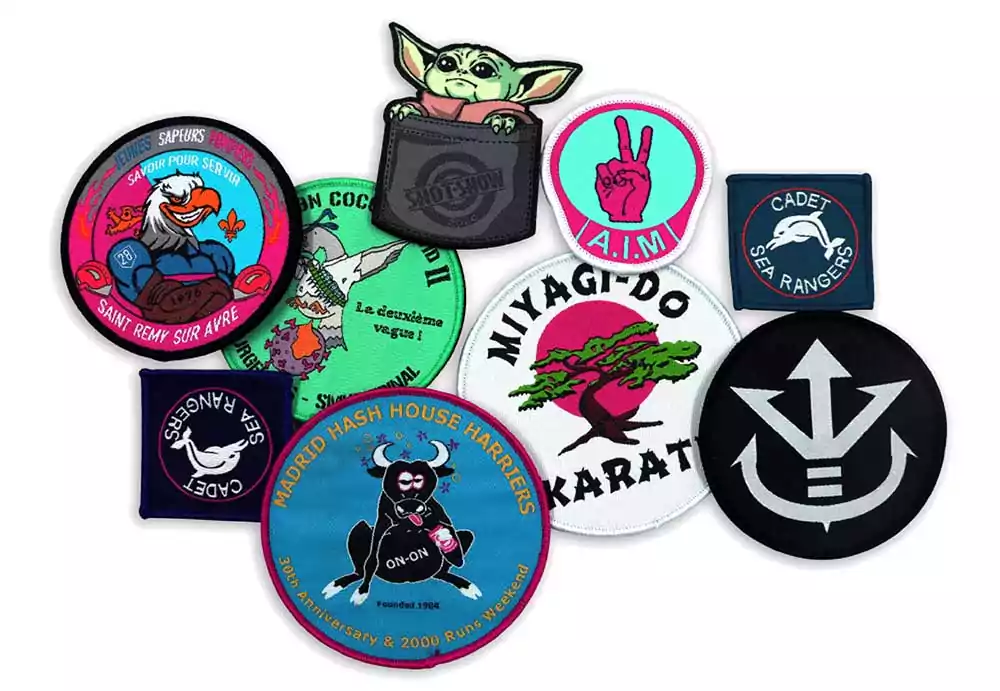
We will stop talking about patches when there comes another way to spice up our day-to-day garments. Although, we do not see that happening anytime soon, so bear with us!
Yeah, it is what it is. Truth be told, the trend of patches goes back in history, and to the present day and age, they are extremely cherished by everyone. (Yes, still! Can you imagine?)
We know you don’t want to purchase the hyped patches, but secretly, you cherish them, too. Right? So, why don’t we hop on the bandwagon without spending a fortune to look up-to-date?
Yes, mate. These patches are extraordinarily fun to make. Let us make a couple of them and attach them to our daily ensembles to understand why they are so hyped.
Shall we begin?
Embroidered Patches | Steps To Make These Tiny Emblems
Tailoring custom made embroidered patches can be easier as compared to stitching directly onto your item of clothing. However, sometimes the fabric can be so thick that it practically hurts our hands to force the needle through (yes, we are looking at you – denim jackets). In such cases, embroidering a patch can be your best bet. Whatcha think?
These patches also make simple work of placing embroidery designs on outfits that do not fit into the embroidery hoop or even on pockets. To craft an emblem, you only need to embroider onto some spare piece of cloth and attach it to your garments or accessories later. In order to help you understand how to make these tiny add-ons, we have discussed each and every step below. But, first, you need to know…
Which Fabric Should You Use For Embroidering Patches?
You can make your embroidered patches by embroidering on non-stretchy and medium-weight fabric such as felt or cotton. Let us be honest: felt is ideal to embroider on. It does not fray, and it is very easy to keep its edges tidy. For a minimal look, you can match the colour of your scrap fabric to the item of clothing to which you plan on attaching the patch. However, if you want your patch to stand out, you can use a contrasting colour completely. It’s your call to make. Now that we are aware of the right fabric for patches, we think it would be wiser to know the materials required to make a patch.
What Would You Need To Make A Patch?
Gathering all the materials before you start making your patch is going to be a time-saver. We have made a list of each and everything you need to make a patch below. So, make sure you have everything that is listed down within your arm’s reach.
- A suitable fabric – non-stretchy, medium-weight cotton or felt
- Needle
- Embroidery pattern – printed on adhesive and water-soluble paper
- Thread
- Embroidery hoop
- Themed transfers
How To Make An Embroidered Patch
There are a lot of ways to make these emblems on your own. However, the method we have discussed below requires only a handful of materials, a lot less effort, and less time than any other method. So, follow the steps below to get your hands on the most beautifully designed patch you can make. Psst! You can also follow any other method that you like.
- Step No. 1 – On your transfer paper, cut out the design that you would like to embroider roughly. It can be anything, from your favourite cartoon to your favourite flower or even your picture.
- Step No. 2 – Next up, you need to separate the outer and inner embroidery hoops and place your cloth over the inner hoop. Place the outer hoop at the top and tighten the screw. Keep in mind that your fabric must stay taut and nice during the process.
- Step No. 3 – After placing your embroidery hoop, peel off the backing from the transfer paper and apply the sticky surface to the front of your cloth. Ensure that it smoothly sticks down to your spare cloth.
- Step No. 4 – Once you have everything in place, start stitching. If your fabric is prone to fraying, feel free to use back stitches around your emblem’s edges. By doing so, you will be able to keep your patch edges looking crisp and not fraying. However, it is totally optional. After you have completed your design, make sure that your thread ends are tied off properly so that they do not become loose or undone later.
- Step No. 5 – After finishing your stitches, carefully remove your fabric from the embroidery hoop. Cut around the design that you embroider, about 0.5 cm to 1 cm from your stitching.
- Step No. 6 – Once you are done cutting all the excess fabric, now is the right time to remove the transfer paper. For that, you have to run your fabric under lukewarm water. In just a few minutes, you will see your transfer paper breaking up and falling away. Gently rub the fabric to help speed up the process, and brush the stitches with a finger to remove any leftover pieces.
- Step No. 7 – When all of the paper has fallen away, leave your patch to dry. If you are impatient, like us, feel free to use a hairdryer.
- Step No. 8 – Right after your patch has dried up, prepare to attach it to your item of clothing. Keep one thing in mind. You won’t be able to make a perfect patch on your first try. If you want perfection, then we suggest you opt for custom patches services, For example custom sew on patches, custom pvc patches services etc.
- Step No. 9 – To attach your patch to your article of clothing, lay it flat on a surface and put it exactly where you want it to be placed.
- Step No. 10 – You can sew some rough running stitches to keep your emblem in place. These stitches do not have to be perfect, as you will remove them later.
- Step No. 11 – Using a thread of your choice, sew around the edges of the patch. Try to keep the stitches closer to one another to keep the emblem anchored down perfectly.
- Step No. 12 – Lastly, remove your rough stitches, and voila. You are all set to go. Go on and show off your new and fancy emblem to the world.
Summing It All Up!
So, you see! These emblems are quite easy, in fact, fun to make! They can easily make anyone look breathtaking and cool only by existing. Patches are quite trendy even in today’s day and age. So, give it a go right now. We know that you will become a pro at patch-making in no time, especially if you follow the steps we just mentioned above. Hurry up and start gathering all the materials. Just bear in mind that even if you do not make a perfect patch in the beginning, you will get there eventually with sufficient practice. So, keep your hopes high and start making a patch.

